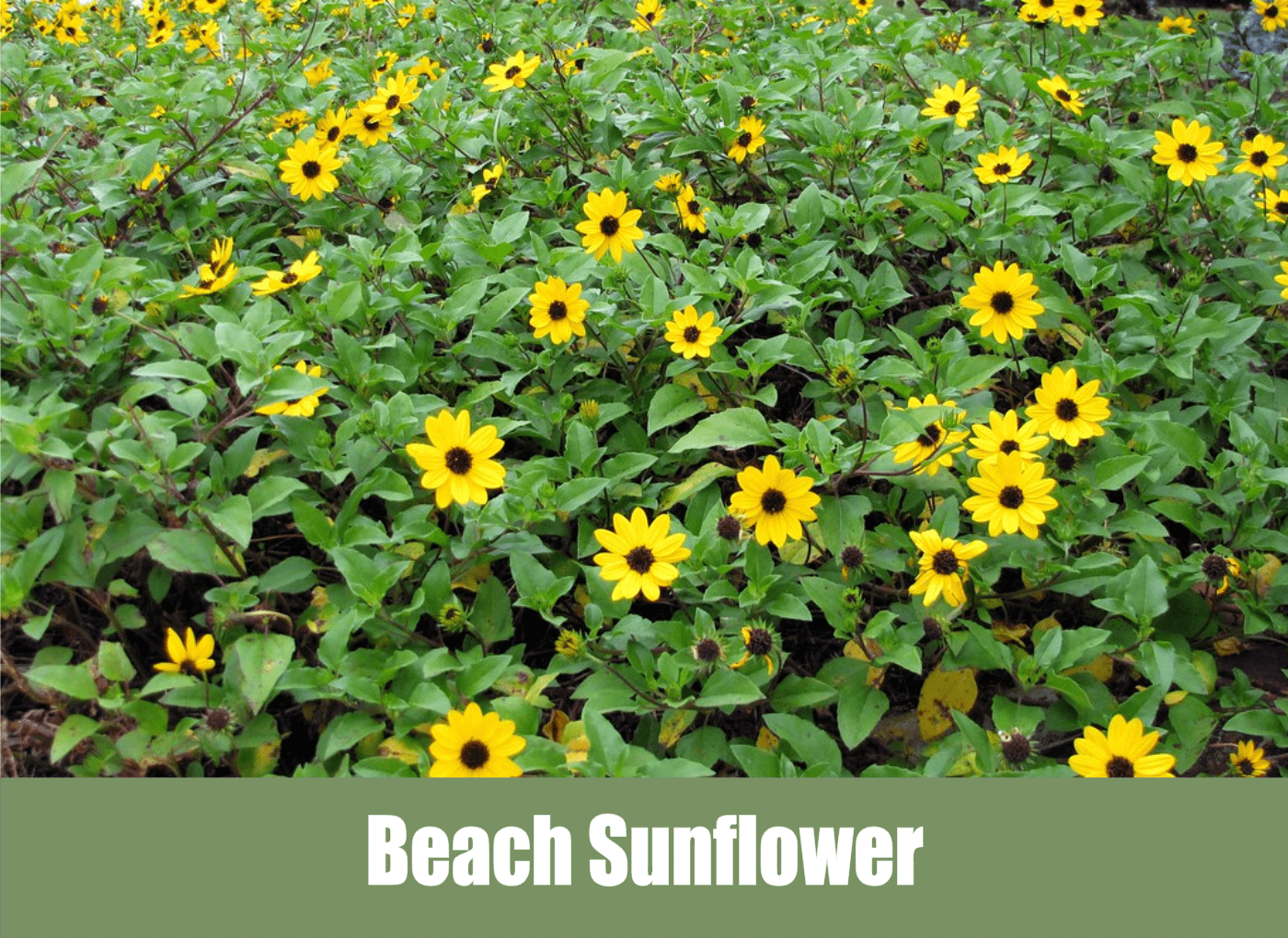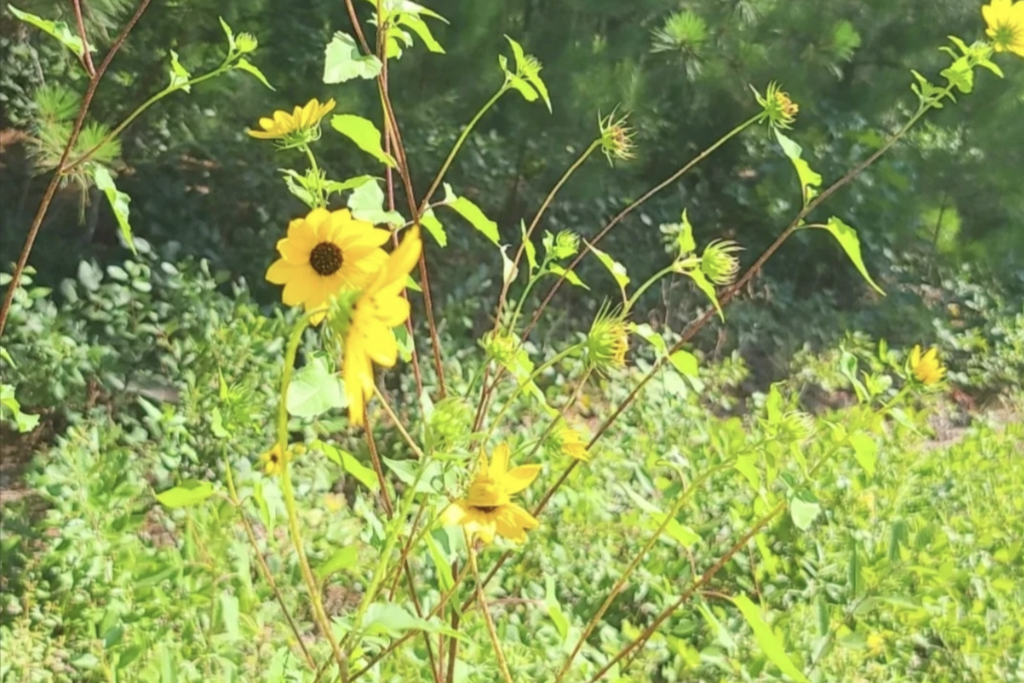

Beach Sunflower, scientifically known as Helianthus debilis, is a perennial flowering plant that belongs to the Asteraceae family. Native to the southeastern coastal regions of the United States, this plant is also commonly found in other parts of North and South America. Beach Sunflower is a popular choice for gardens and landscaping due to its vibrant yellow flowers and its ability to tolerate sandy and salty conditions.
Historically, Beach Sunflower has been utilized by Native American tribes for various purposes. The plant’s seeds were often consumed as a food source, providing a valuable source of nutrition. Additionally, the seeds were ground into flour or made into oil for cooking. The plant’s fibers were also used for making cordage, while its leaves were sometimes utilized for medicinal purposes.
Growing Beach Sunflower from seeds requires a few materials and steps. Here’s a guide to help you get started:
Materials needed:
Steps to grow Beach Sunflower:
When it comes to harvesting Beach Sunflower, you can collect the seeds for culinary or planting purposes. Wait until the flower heads have dried and turned brown, indicating that the seeds are mature. Cut the flower heads from the plant and place them in a paper bag or container. Allow the flower heads to dry completely for a few weeks, and then shake or rub the heads to release the seeds. Remove any debris or chaff and store the seeds in a cool, dry place.
There are a few precautions to consider when dealing with Beach Sunflower. It is important to note that the plant can be invasive, spreading rapidly if not properly controlled. Therefore, it is advisable to monitor its growth and take necessary steps to contain it within the desired area. Additionally, if you have pets or livestock, be cautious as some animals may experience gastrointestinal issues if they consume large quantities of Beach Sunflower seeds or plant material.
Beach Sunflower has various uses in landscaping and gardening. Its vibrant yellow flowers and ability to thrive in sandy, coastal conditions make it an excellent choice for beachside gardens, dunes, or areas with poor soil quality. It also serves as an attractive ground cover and can help stabilize sandy areas. Furthermore, the flowers of Beach Sunflower are a valuable source of nectar, attracting bees, butterflies, and other pollinators to your garden.
Regarding medicinal benefits, Beach Sunflower has been traditionally used for its healing properties. The plant contains compounds with potential anti-inflammatory and analgesic properties. Extracts from Beach Sunflower have been used in traditional medicine to alleviate pain, reduce inflammation, and soothe skin irritations. However, it is important to note that further scientific research is needed to fully understand and validate these potential medicinal benefits.
In summary, Beach Sunflower is a beautiful and versatile plant native to coastal regions of the Americas. It has historical significance as a source of food, fiber, and medicine for indigenous communities. Growing Beach Sunflower from seeds requires well-drained soil, sunlight, and regular watering. Precautions should be taken to control its spread, and the plant can be used for landscaping purposes, attracting pollinators, and potentially offering medicinal benefits.